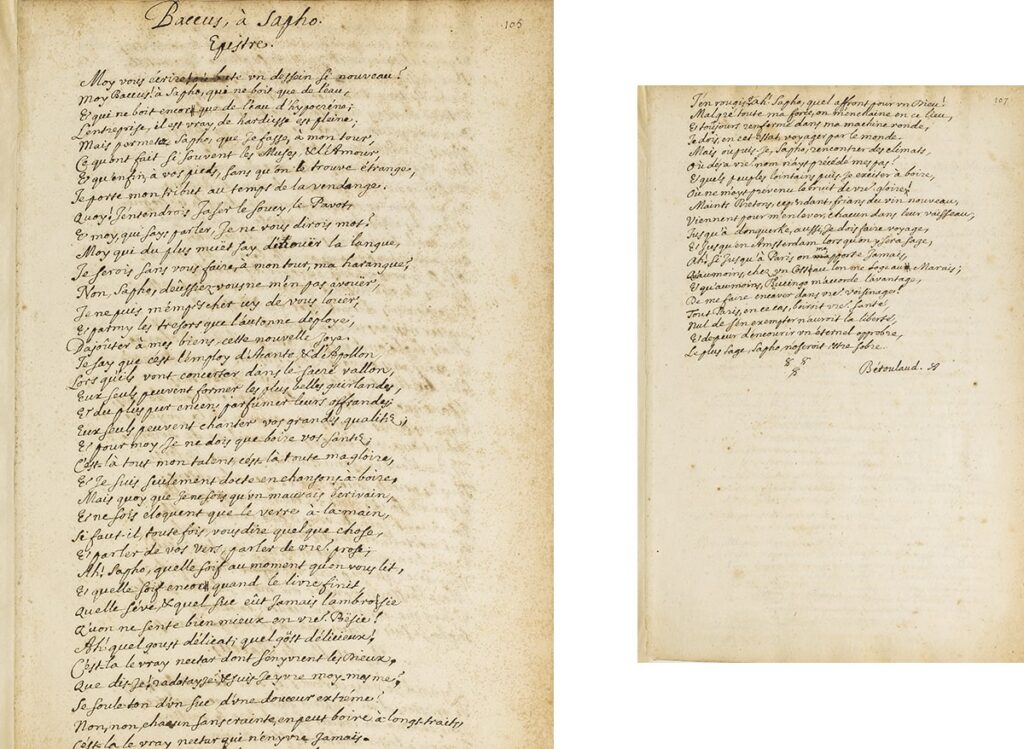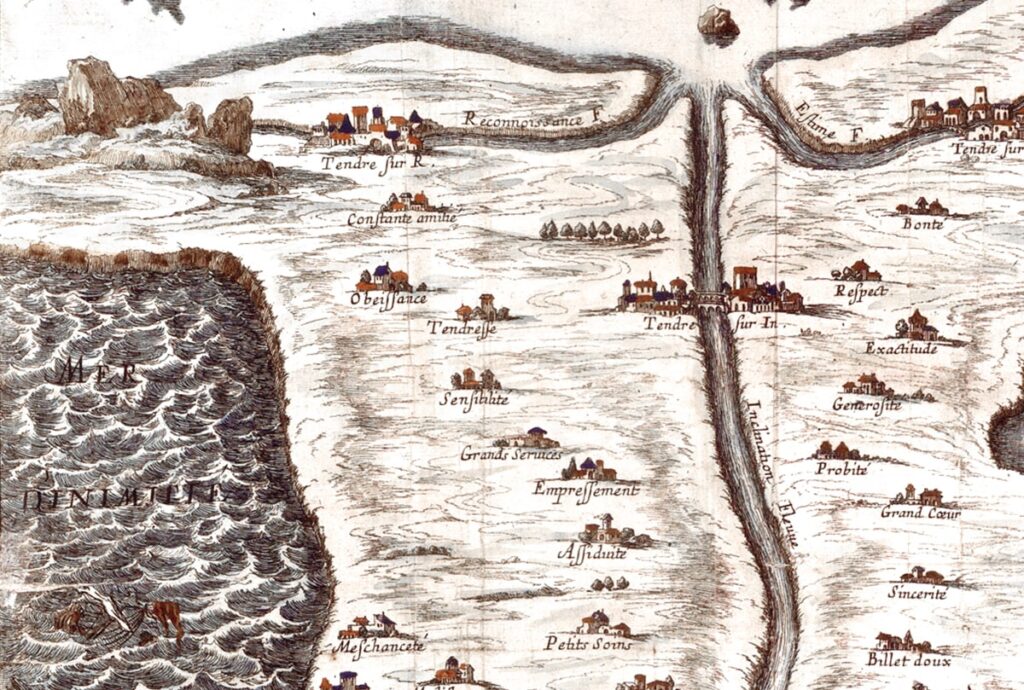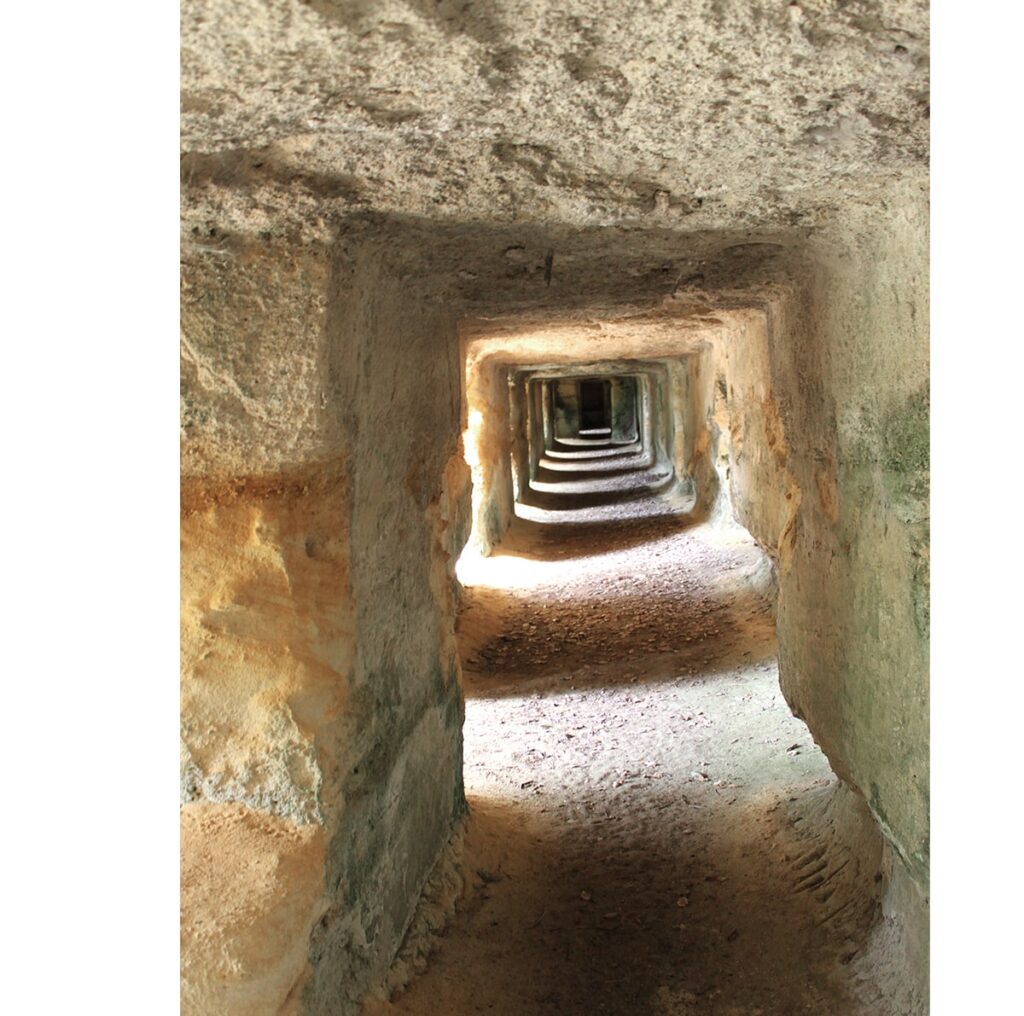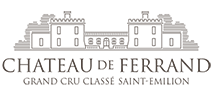The man behind the chateau: Elie de Bétoulaud, a trailblazer in the Age of Enlightenment

Joy above all!
Lawyer, poet, visionary urban planner, courtier, collector of curiosities, philanthropist: Elie de Bétoulaud was all of these rolled into one. This wealthy, joyful figure went on to create Ferrand in his own image.
Château de Ferrand’s story began in the early 18th century thanks to a great esteem: Elie de Bétoulaud’s esteem for King Louis XIV, who he greatly admired for his majesty, influence, and love for the arts in general and literature in particular.

A fitting tribute to the Sun King
Like many a gentleman of his time, Elie de Bétoulaud had a symbolic, sensitive and sensual relationship with nature. Like his great friend Madeleine de Scudéry, a poet, he had an intimate knowledge of the Map of Tendre which translated landscapes into feelings.
As an enthusiastic aesthete, he wanted to pay tribute to Louis XIV. Elie de Bétoulaud, like his beloved Sun King, had big ideas.
A commanding position in the Saint-Émilion wine region, an immense sky, exceptional views of the Dordogne valley, a mild climate: the perfect setting for his admiration! There could be no better location.
And so, Elie de Bétoulaud built Ferrand to reflect the elegance, eccentricity and joy of Versailles. This is an estate that still may not have revealed all of its secrets.

Mysterious caves appear
Down from the chateau are Ferrand’s mysterious lyre-shaped caves, opening out onto the Dordogne valley. This is the perfect place to celebrate the harmony of nature: Elie de Bétoulaud transformed them into display of curiosities that held fossils, rare shells and sculptures, where knowledgeable guests could pick out figures of Hercules, Caesar, Augustus, Mars, and of course Louis XIV.
Louis XIV would never know Château de Ferrand other than by name and Elie de Bétoulaud only ever knew Louis XIV by reputation: the lawyer and artist died of a heart attack in a horse-drawn carriage whilst travelling to Paris to meet him.
Lacking a direct heir but remaining a poet even after his death, Elie de Bétoulaud bequeathed Château de Ferrand via a poetry contest to his great-grandnephews, including the Marquis de Mons who then passed it down from generation to generation until 1978.

